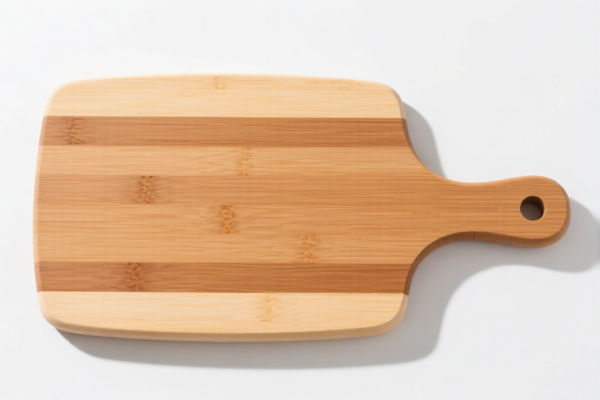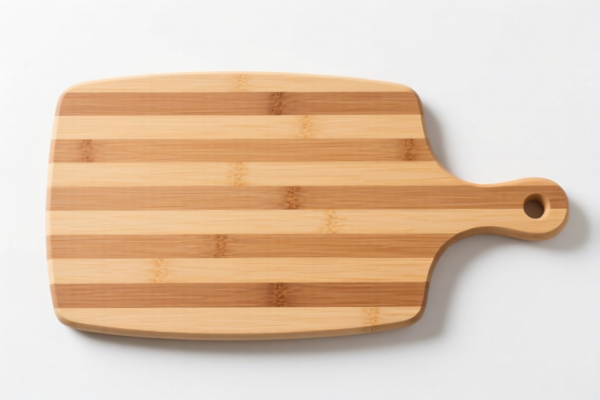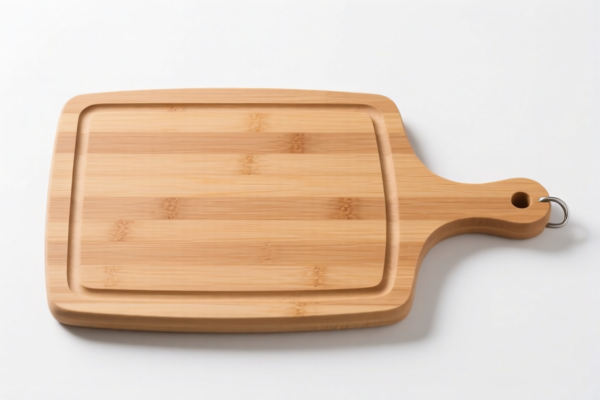| HS Code | Official Doc | Tariff Rate | Origin | Destination | Effective Date |
|---|---|---|---|---|---|
| 8208906000 | Doc | 55.0% | CN | US | 2025-05-12 |
| 8208100060 | Doc | 55.0% | CN | US | 2025-05-12 |
| 8211941000 | Doc | 0.16¢ each + 2.2%+55.0% | CN | US | 2025-05-12 |
| 8211945000 | Doc | 1¢ each + 5.4%+55.0% | CN | US | 2025-05-12 |
| 8467990130 | Doc | 55.0% | CN | US | 2025-05-12 |
| 8467891000 | Doc | 37.5% | CN | US | 2025-05-12 |
| 8461504050 | Doc | 59.4% | CN | US | 2025-05-12 |
| 8461508090 | Doc | 59.4% | CN | US | 2025-05-12 |




Cutting Head
A cutting head is a component used in various tools and machinery to remove material through shear deformation. It is the business end of cutting tools, responsible for the actual process of separation. The design and material of a cutting head are highly dependent on the material being cut and the desired outcome.
Materials
Cutting heads are manufactured from a diverse range of materials, selected for hardness, toughness, wear resistance, and heat resistance. Common materials include:
- High-Speed Steel (HSS): A common, relatively inexpensive option for general-purpose cutting, particularly for softer materials.
- Carbide: Significantly harder and more wear-resistant than HSS, ideal for cutting harder materials like steel, cast iron, and abrasive composites. Variations include tungsten carbide (WC), titanium carbide (TiC), and tantalum carbide (TaC).
- Ceramics: Extremely hard and heat-resistant, suitable for high-speed cutting of hard, brittle materials and abrasive materials. However, ceramics are more brittle and prone to chipping.
- Diamond (PCD/CBN): Polycrystalline Diamond (PCD) and Cubic Boron Nitride (CBN) are among the hardest known materials, used for cutting extremely hard and abrasive materials, and non-ferrous metals.
- Coatings: Cutting heads are often coated with materials like Titanium Nitride (TiN), Titanium Carbonitride (TiCN), and Aluminum Titanium Nitride (AlTiN) to improve hardness, wear resistance, and reduce friction.
Purpose & Function
The primary function of a cutting head is to shear material cleanly and efficiently. This is achieved through:
- Sharp Edges: The cutting edge concentrates stress, initiating fracture and separation.
- Rake Angle: The angle of the cutting face influences chip formation and cutting force. Positive rake angles reduce cutting force but can reduce edge strength; negative rake angles increase strength but require more force.
- Clearance Angle: Prevents rubbing between the cutting head and the workpiece, reducing friction and heat.
- Chip Flute: Removes chips from the cutting zone, preventing recutting and heat buildup.
Usage Scenarios
Cutting heads are employed in a wide variety of applications:
- Machining: Turning, milling, drilling, boring, reaming, tapping, and threading operations on metal, plastic, wood, and composite materials.
- Metal Fabrication: Shearing, punching, and stamping of sheet metal.
- Woodworking: Sawing, routing, and planing.
- Construction: Concrete cutting, asphalt removal.
- Mining & Tunneling: Roadheaders, tunnel boring machines.
- Medical: Surgical cutting tools.
Common Types
The specific design of a cutting head varies greatly depending on the application. Some common types include:
- Single-Point Cutting Tools: Used in turning, boring, and threading. The cutting force is concentrated on a single point.
- Multi-Point Cutting Tools: Used in milling, drilling, and reaming. Multiple cutting edges share the load.
- Insert Cutting Tools: Utilize replaceable cutting inserts, allowing for easy replacement when worn. Common insert shapes include square, triangular, and round.
- Drills: Cylindrical cutting tools with helical flutes for creating circular holes.
- End Mills: Cylindrical cutting tools with cutting edges on the end and side for milling flat surfaces and complex shapes.
- Saw Blades: Toothed cutting tools for sawing materials. Tooth geometry varies depending on the material being cut.
- Shear Blades: Straight or curved blades used for shearing sheet metal.
- Rotary Cutting Heads: Used in grinders and other rotary tools for material removal and shaping.
The declared goods are “cutting head”. Based on the provided information, the following HS codes may be relevant:
-
8208906000: This HS code covers knives and cutting blades, for machines or for mechanical appliances, and base metal parts thereof: Other: Other (including parts). This is a broad category encompassing various cutting components used in machinery.
- 82: Chapter 82 covers knives and cutting tools.
- 08: Heading 08 specifically refers to knives and cutting blades for machines or mechanical appliances.
- 906000: This subheading further specifies "Other: Other (including parts)", indicating a catch-all for knives and blades not specifically classified elsewhere. The base tax rate is 0.0%, with an additional 25.0% tariff, increasing to 30.0% after April 2, 2025, resulting in a total tax rate of 55.0%.
-
8208100060: This HS code covers knives and cutting blades, for machines or for mechanical appliances, and base metal parts thereof: For metal working, and parts thereof Other (including parts). This is more specific than 8208906000, applying to cutting heads used in metalworking processes.
- 82: Chapter 82 covers knives and cutting tools.
- 08: Heading 08 specifically refers to knives and cutting blades for machines or mechanical appliances.
- 100060: This subheading further specifies "For metal working, and parts thereof Other (including parts)". The base tax rate is 0.0%, with an additional 25.0% tariff, increasing to 30.0% after April 2, 2025, resulting in a total tax rate of 55.0%.
-
8467990130: This HS code covers Tools for working in the hand, pneumatic, hydraulic or with self-contained electric or nonelectric motor, and parts thereof: Parts: Other Of gasoline powered grass and weed trimmers and brushcutters. If the cutting head is a part of a gasoline-powered grass or weed trimmer, this code may apply.
- 84: Chapter 84 covers nuclear reactors, boilers, machinery and mechanical appliances.
- 67: Heading 67 specifically refers to tools for working in the hand, pneumatic, hydraulic or with self-contained electric or nonelectric motor.
- 990130: This subheading further specifies "Parts: Other Of gasoline powered grass and weed trimmers and brushcutters". The base tax rate is 0.0%, with an additional 25.0% tariff, increasing to 30.0% after April 2, 2025, resulting in a total tax rate of 55.0%.
According to the provided reference material, the HS code options related to 'cutting head' are limited, with only the following 3 found.
Customer Reviews
No reviews yet.